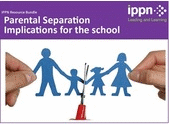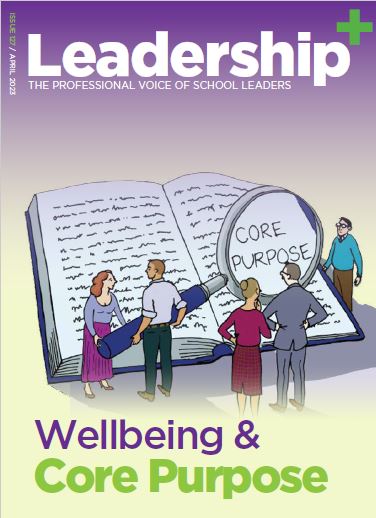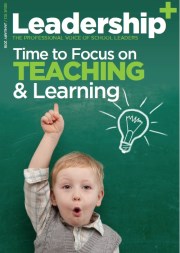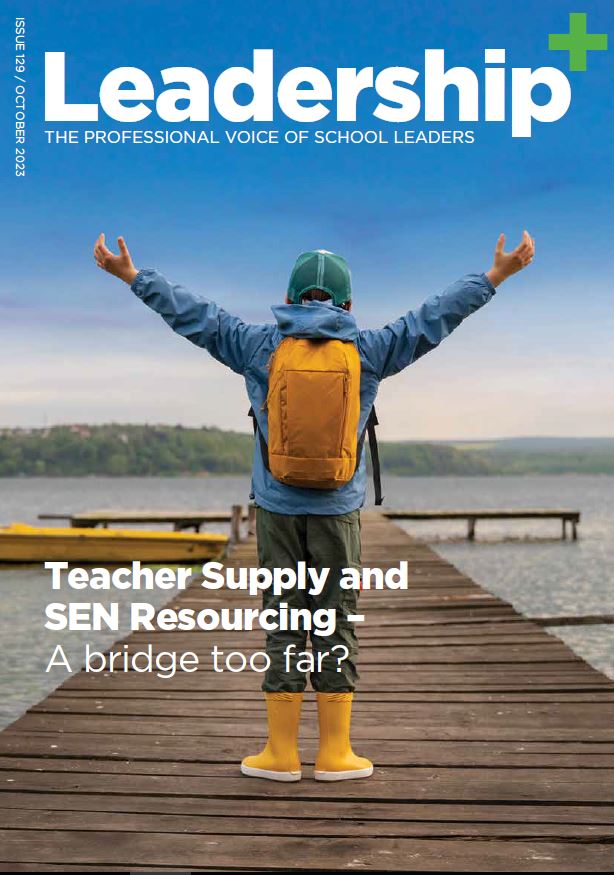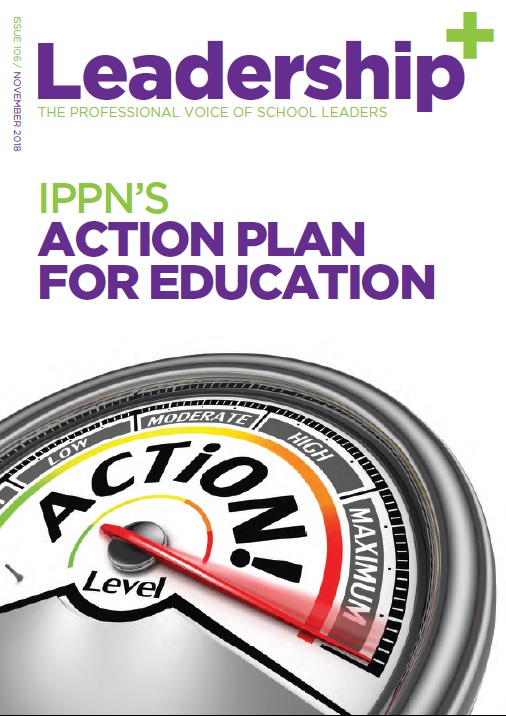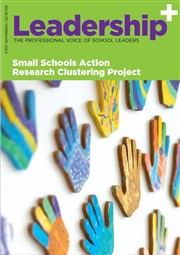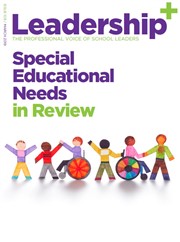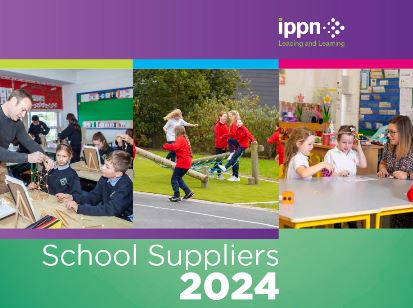E-scéal 288 - Small Schools – IPPN’s Policy Since 2005
- Published: 08 December 2011
Budget 2012 will inflict serious damage on small schools throughout Ireland. The future of small schools has been a priority issue for IPPN since our foundation in 2000 and two major pieces of research were commissioned by IPPN to this end. More than half the members of IPPN’s National Committee are principals of small schools. IPPN policy on small schools has been, and continues to be, that small schools are educationally viable and must be supported to continue to serve their communities. By developing clusters and federations of small schools, most of the ‘behind the scenes’ administration can be brought together to avoid duplication and isolation.
Primary schools are part of the essential fabric of communities. In many cases they are the last remaining element of organised service. Garda stations, post offices, banks and shops have disappeared one by one. There are more primary schools than parishes, or even GAA clubs, in Ireland. School is a focal point for communities, not just for parents, but for the entire community in a rural area.
In 2005 IPPN anticipated pressure on small schools. Our initial research on small schools is documented in ‘Breacadh Ré Nua do Scoileanna Bheaga – New Horizons for Smaller Schools and Teaching Principalship in Ireland’ 2005. This document was written six years ago and we are conscious that many principals may not be aware of its existence. Please download it from the Publications at www.ippn.ie or click here.
The most significant pressure on small schools has now come from the DES, whereby they see small schools as being too numerous and too small to be financially viable. Ironically, small schools tend to be in very good condition as local pride has played a major role in ensuring their upkeep. Further IPPN research on small schools, conducted in 2008 by Professor Jim Spinks of Melbourne University on behalf of IPPN, shows that very small schools of 4 teachers or fewer are financially viable, as are medium size schools with 8 to 15 teachers. Spinks’ research also found that ‘the larger small schools’ with between 5 and 7 teachers were the most likely to be in trouble financially and require the greatest voluntary contributions from parents.
With regard to the quality of teaching and learning in small schools, research conducted by Dr Catherine Mulryan-Kyne of St Patrick’s College in Drumcondra found that, in spite of the complexities of the revised curriculum and the challenges of multi-grade teaching, children’s learning in small schools was at least on a par with children’s learning in larger schools.
IPPN also examined alternative models of school provision in remote areas of Catalonia in Spain, Fermanagh in Northern Ireland, Northern Sweden, Queensland, Australia and in the Massif Central in France. The common factor in all these areas was the amalgamation of the administration and management function of schools, while retaining the teaching and learning function. Translating this into an Irish context would mean that a cluster of two or three very small schools would gradually work towards amalgamating the governance and management of these schools. There would be one Board of Management/Governors, one budget, one staff, one pool of secretarial and caretaking support and one administrative (non teaching) principal, one roll number and one point of contact for the DES and other agencies. These changes would take place over a two to four year period. Meanwhile the parents and children are largely unaffected as they continue to go to the same school and, in particular, they retain their own school building in their own local community. In other words, there is more than this one blunt answer to the question of the viability of small schools. The aspects of small schools which are arguably inefficient and costly are not the teaching and learning but rather the administration, management and general governance.
Budget 2012 is clearly focussing on schools with 86 pupils or less. Unfortunately, instead of using a ‘carrot and stick’ approach, it’s all stick and no carrot. The tactic employed is to increase class size to an extent that makes it more and more difficult for teaching and learning. A ‘carrot’ approach might involve encouraging and persuading tactics such as offering a pilot project to experiment with the kinds of clustering/federation models outlined above. Further research by IPPN shows that two thirds of principals in small schools would be willing to undertake an administrative principal’s role involving two or three small schools. When this became clear, IPPN sought schools to volunteer for such a pilot project. One cluster was identified and agreement was secured from all parties concerned. The DES would not agree for the pilot project to proceed because it required the appointment of one teacher to replace the administrative principal, and this was not permitted under the moratorium on appointments.
IPPN has been working behind the scenes on behalf of small schools for many years and will continue to put the case for small schools and the challenges of the role of teaching principal to the Department and the Education Partners. IPPN is currently writing to every member of the Dáil and Senate with a copy of our research paper to make sure that they have no excuse in terms of understanding of the real issues concerning small schools. We anticipate that principals, teachers and parents will be seeking to meet their public representatives in their constituency clinics.
Given the stealth inherent in the very lack of debate about the future of small schools, now is the time to start a discussion at a national level, as it affects every small school in every county in Ireland. Knowledge based on sound research will be critical to an informed debate and creative thinking will determine the future of our small school communities.
Is sinne le meas
Seán Cottrell and Gerry Murphy





